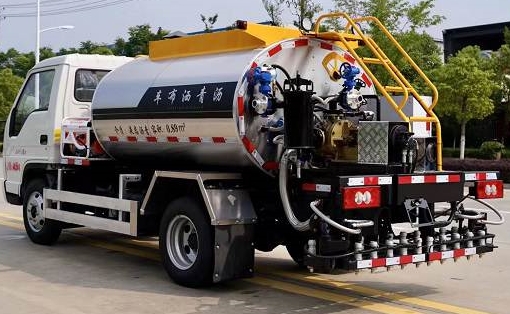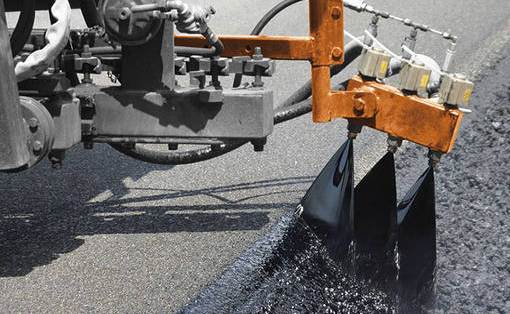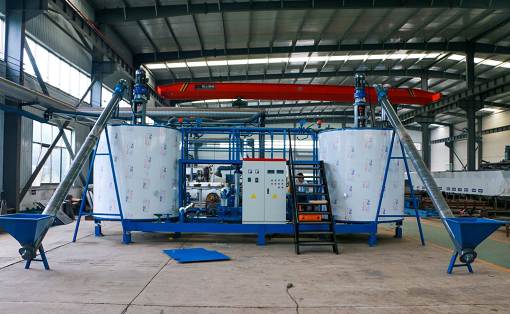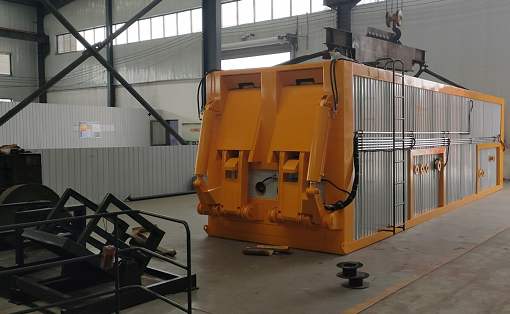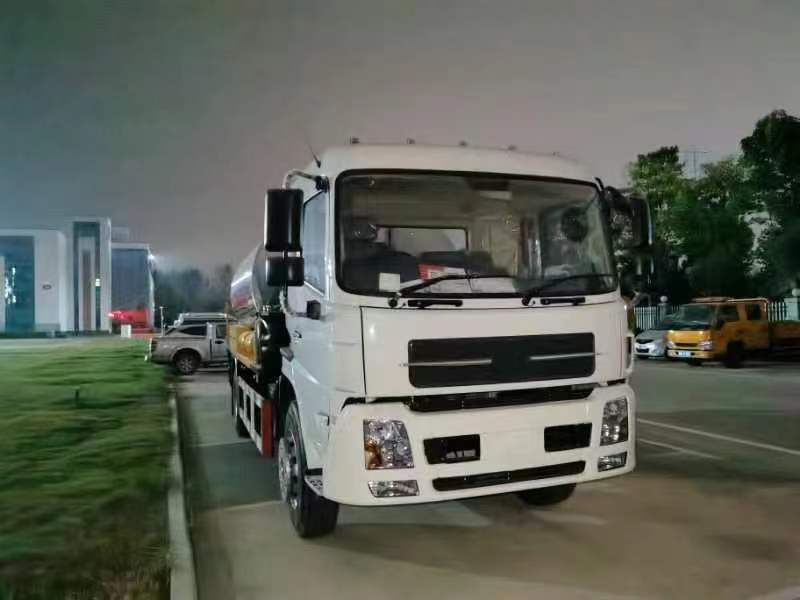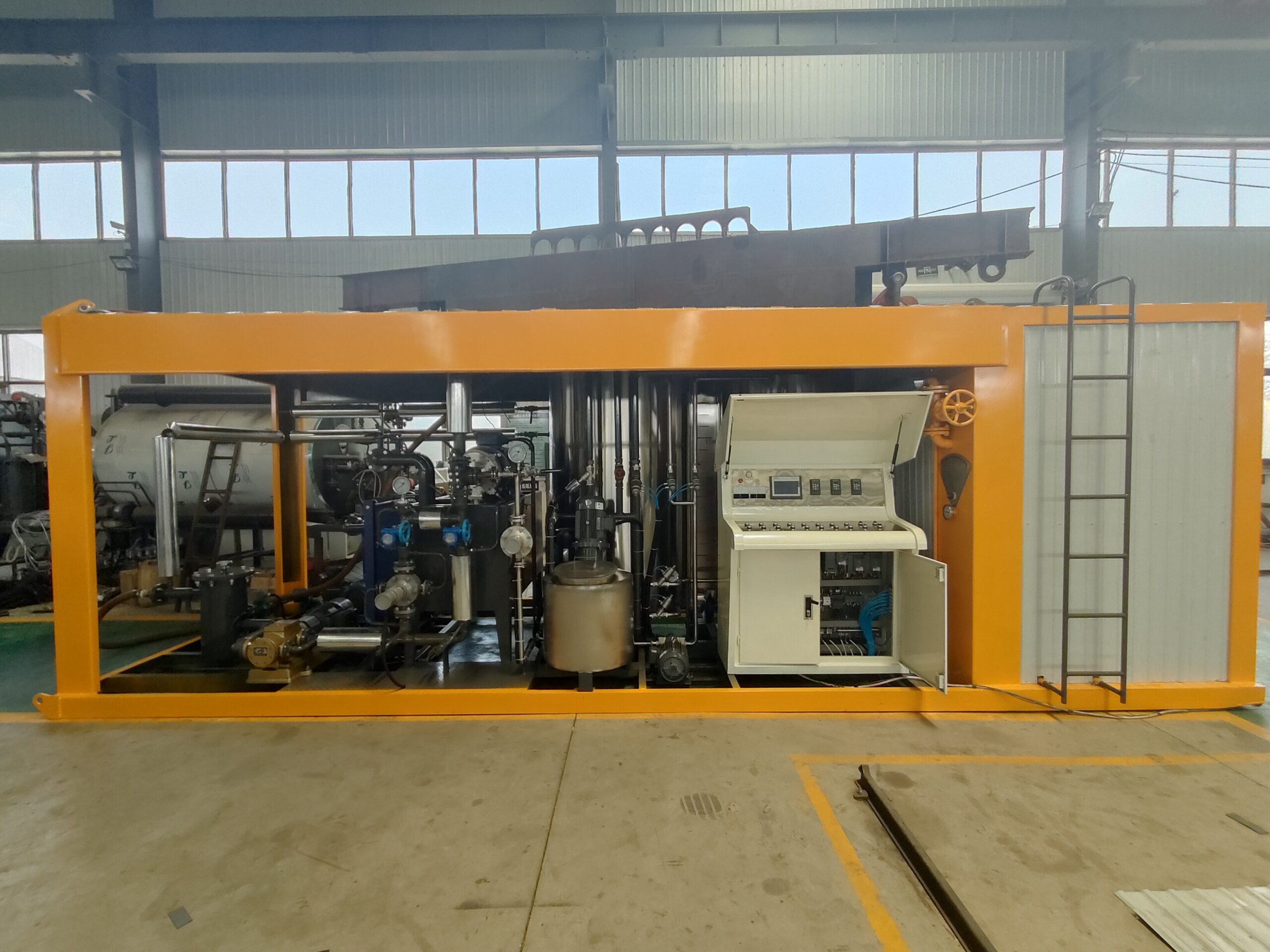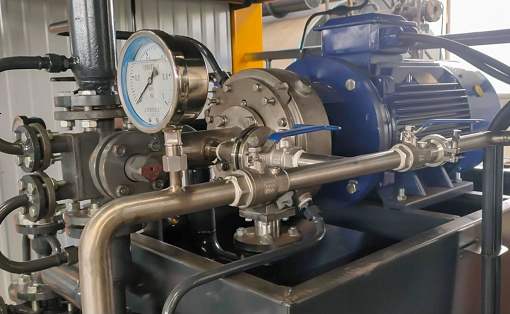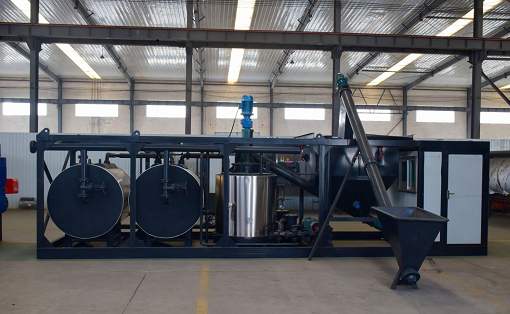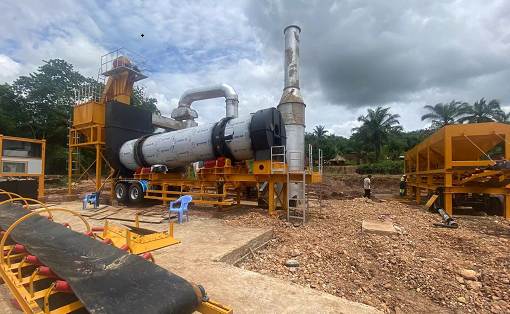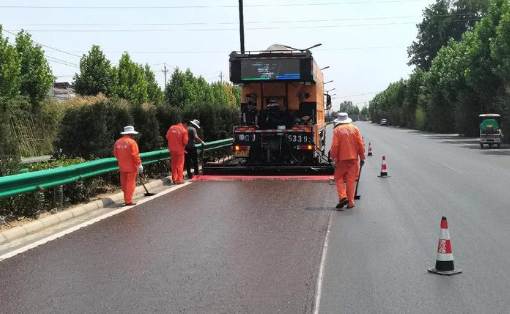What should you pay attention to when using asphalt melting equipment in cold winter?
In the cold winter, you need to pay attention to the following points when using asphalt melting equipment:
1. Protection from cold and warmth: The equipment needs to be operated indoors or in a place with shading facilities, and ensure that the temperature of the equipment and the surrounding environment is maintained within an appropriate range.
2. Check the equipment: Before use, the equipment should be checked, including whether the circuits, fluid circuits and other parts of the equipment are working normally, and whether there are any leaks of electricity or water in the equipment.
3. Pay attention to safety: During operation, you should wear protective equipment and avoid direct contact with hot asphalt. At the same time, it is necessary to avoid equipment overload operation and prevent equipment damage and safety accidents.
4. Control speed: Reasonably control the working speed of the equipment according to weather conditions and road conditions to avoid overheating of the equipment, causing asphalt to flow too quickly or burn.
5. Storage conditions: When not in use, place the device in a dry, ventilated place with moderate temperature, and ensure that any residue in the device is completely removed.
In the cold winter, you need to pay attention to the following points when using asphalt melting equipment:
1. Protection from cold and warmth: The equipment needs to be operated indoors or in a place with shading facilities, and ensure that the temperature of the equipment and the surrounding environment is maintained within an appropriate range.
2. Check the equipment: Before use, the equipment should be checked, including whether the circuits, fluid circuits and other parts of the equipment are working normally, and whether there are any leaks of electricity or water in the equipment.
3. Pay attention to safety: During operation, you should wear protective equipment and avoid direct contact with hot asphalt. At the same time, it is necessary to avoid equipment overload operation and prevent equipment damage and safety accidents.
4. Control speed: Reasonably control the working speed of the equipment according to weather conditions and road conditions to avoid overheating of the equipment, causing asphalt to flow too quickly or burn.
5. Storage conditions: When not in use, place the device in a dry, ventilated place with moderate temperature, and ensure that any residue in the device is completely removed.



